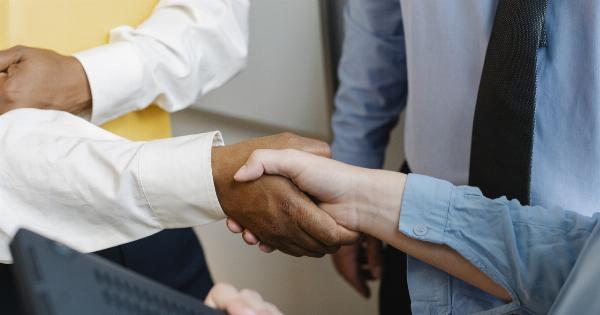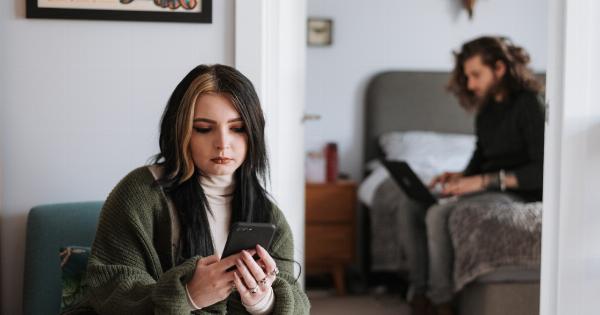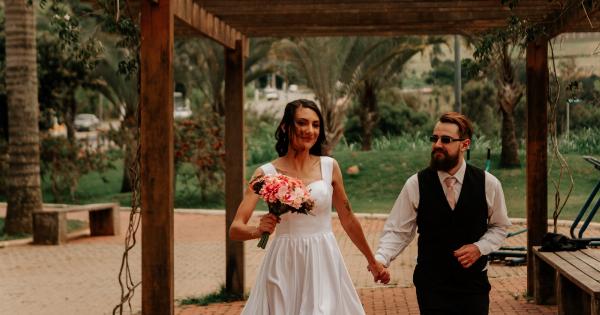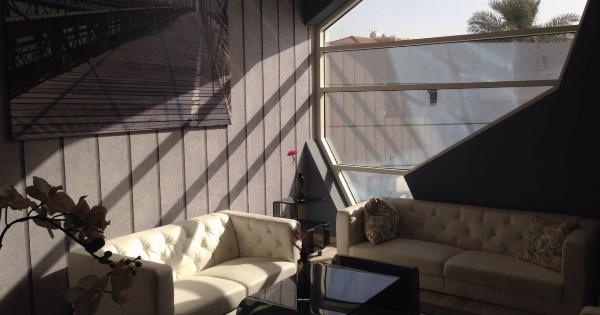Conflict is an inevitable part of human interaction. Whether it’s a disagreement between two individuals or a widespread social upheaval, conflict can have profound effects on individuals and societies alike.
While conflict can sometimes be resolved amicably, it often escalates to a point where it becomes damaging and destructive. In order to understand and address conflicts effectively, it is essential to be able to identify the signs and underlying reasons behind them. One powerful tool for understanding conflict is through pictures.
In this article, we will explore how visual cues and imagery can provide insights into the nature of conflicts and help us navigate through them.
1. Body Language and Facial Expressions
Human communication is not only limited to verbal exchanges; body language and facial expressions play a significant role in conveying emotions and intentions.
When conflicts arise, individuals often exhibit certain non-verbal cues that can shed light on their feelings and motivations. For instance, clenched fists, crossed arms, or a furrowed brow may indicate anger or defensiveness. On the other hand, open and relaxed postures, along with genuine smiles, may indicate a willingness to resolve the conflict peacefully.
By paying attention to these visual cues, we can gain valuable insights into the emotions and intentions of people involved in a conflict.
2. Aggression and Violence
Conflict often escalates into aggression and violence, which can have severe consequences for individuals and societies.
Pictures depicting physical altercations, destruction of property, or armed confrontations can provide a clear indication of the intensity and severity of a conflict. These visuals serve as a reminder of the destructive potential of conflicts and can help alert us to the urgency of addressing them before they spiral out of control.
3. Division and Polarization
In many conflicts, individuals and groups become deeply divided, leading to a polarization of views and beliefs. Pictures that depict stark divisions, such as protests or demonstrations, can highlight the deep-seated differences underlying conflicts.
These visuals can serve as a call to action, urging us to find common ground and work towards reconciliation and understanding.
4. Symbolism and Icons
Conflict often gives rise to powerful symbols and icons that represent the struggles and aspirations of those involved.
Visual representations of these symbols, such as flags, graffiti, or murals, can offer valuable insights into the cultural, historical, and ideological dimensions of a conflict. By studying these symbols, we can gain a deeper understanding of the underlying causes and motivations behind the conflict.
5. Destruction and Displacement
Conflict frequently leaves a trail of destruction and displacement in its wake. Pictures that depict ruined buildings, displaced populations, or ravaged landscapes can serve as a stark reminder of the human cost of conflicts.
By witnessing the impact of conflicts through visual imagery, we are compelled to work towards peaceful resolutions and rebuilding societies affected by violence.
6. Fear and Trauma
Conflicts often instill fear and trauma in individuals who experience or witness them. Pictures that capture the expressions of fear, anguish, or despair on people’s faces can help us empathize with their experiences.
Understanding the psychological effects of conflict is crucial in developing effective strategies for healing and rebuilding communities torn apart by violence.
7. Peacebuilding and Reconciliation
While conflicts can be destructive, they also present opportunities for peacebuilding and reconciliation.
Pictures that depict gestures of forgiveness, dialogue between former adversaries, or acts of compassion can inspire hope and remind us of the potential for healing and reconciliation. Visual representations of peacebuilding initiatives can serve as catalysts for positive change and encourage us to actively contribute to the resolution of conflicts.
8. Media Bias and Manipulation
Media plays a pivotal role in shaping our understanding of conflicts. Pictures that depict biased or manipulated portrayals of events, such as staged scenes or edited images, can raise awareness about the dangers of media manipulation.
By critically analyzing visual representations of conflicts, we can strive for a more nuanced and accurate understanding of the complexities involved.
9. Historical Context and Memory
Understanding conflicts requires acknowledging their historical context and the collective memory of communities affected by them.
Pictures that capture key moments, monuments commemorating past events, or archival photographs can serve as reminders of the historical roots of conflicts. By exploring the visual history of conflicts, we can gain insights into the long-lasting consequences and intergenerational impact of unresolved disputes.
10. Global Perspective and Solidarity
Visual representations of conflicts around the world can foster a sense of global solidarity and interconnectedness.
Pictures that depict international protests, humanitarian aid efforts, or moments of cross-cultural understanding can remind us that conflicts are not limited to specific regions or communities. By recognizing our shared humanity and the universal desire for peace, we can work together to prevent and resolve conflicts.
Conclusion
Pictures have the power to transcend language barriers and capture the complexities of conflicts. By analyzing visual cues, symbols, and historical context, we can develop a deeper understanding of conflicts and their underlying causes.
Visual representations can also inspire empathy, encourage dialogue, and motivate us to actively contribute to peacebuilding efforts. In our increasingly visual world, harnessing the power of images is essential in gaining insight into conflicts and working towards lasting resolutions.






























